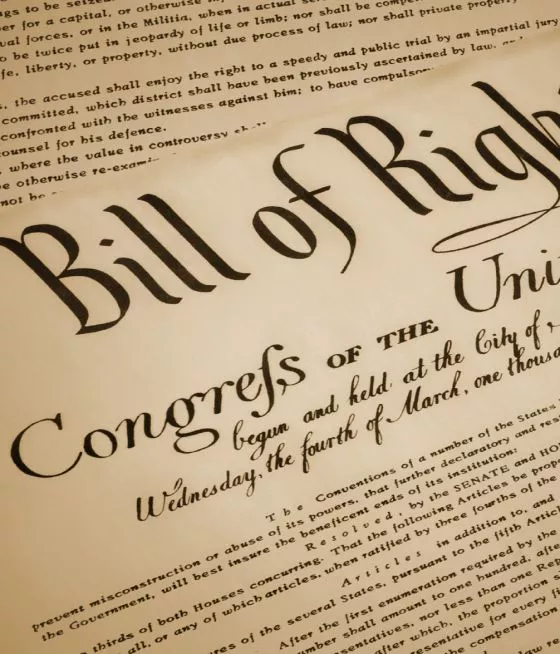
Campus
Natural Rights, Virtue, and the Constitution
Mark Blitz (Claremont Graduate University) will visit Biola University to deliver a Constitution Day lecture, “Natural Rights, Virtue, and the Constitution” on September 17 at 4:30 p.m. in Talbot East Plaza 11 – Andrews Banquet Room. This JMC-supported event is free and open to the public.
